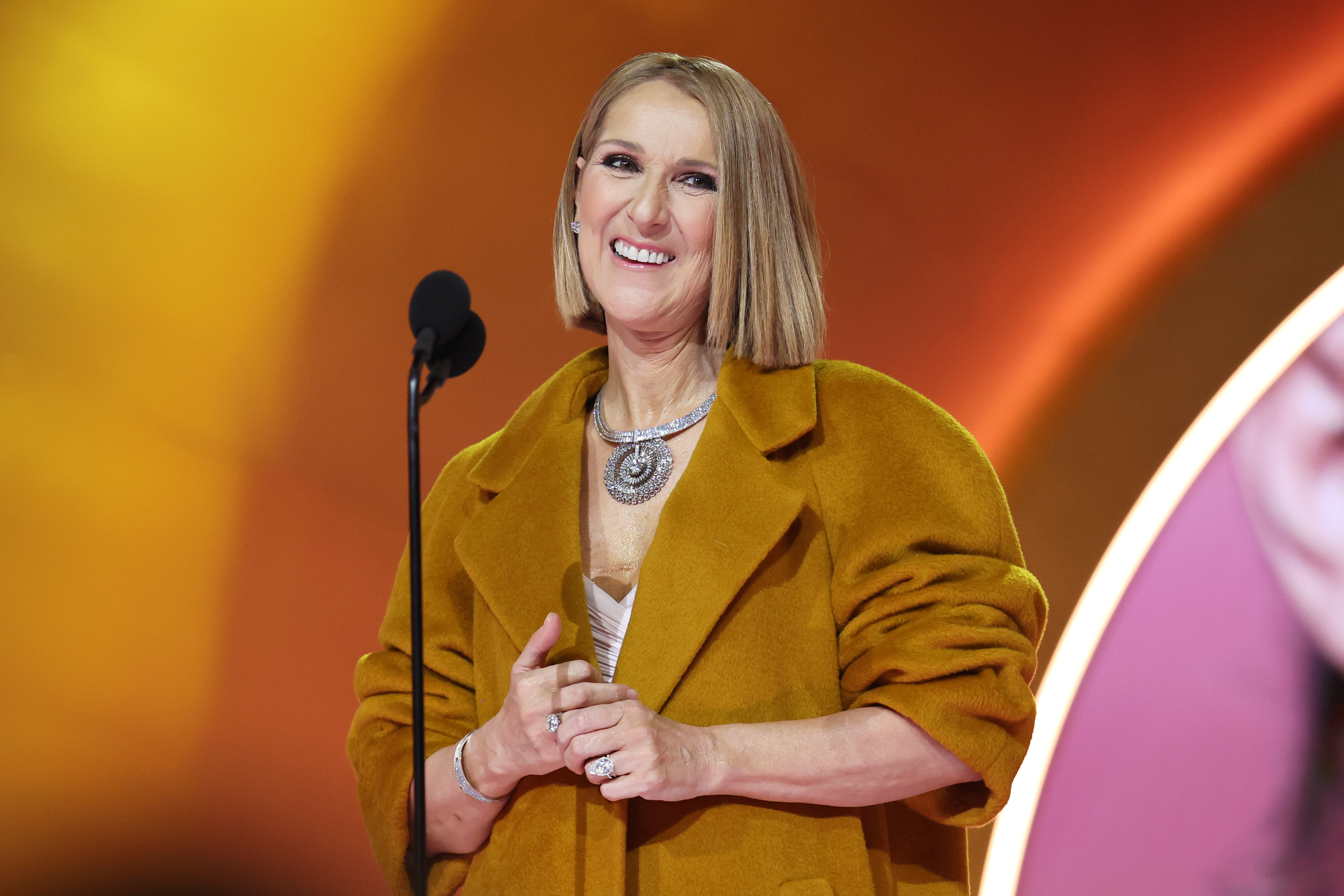Guillermo del Toro's Pinocchio uses hand-crafted puppets and intricately detailed stop-motion animation to bring del Toro and co-director Mark Gustafson's "incredible vision" to life. It was led by ShadowMachine co-founders Alex Bulkley and Corey Campodonico, who told Newsweek about their process.
The film, which is out in select theaters and is released on Netflix on Friday, retells Carlo Collodi's classic tale of a wooden puppet named Pinocchio who dreams of becoming a real boy.
It was 10 years in the making for Bulkley and Campodonico and 15 years for del Toro. Animators put together scenes by hand over a total of 935 days of filming, and 1,000 days of production, which doesn't include pre or post-production.
This was a long time to have people on stages, Bulkley reflected, but they had "hundreds of people, artist technicians, animators, all working every single day and second per week" to create the finished film.
How Guillermo del Toro's Pinocchio Animation Studio Made the Film in 935 Days

Del Toro had been hoping to adapt Carlo Collodi's Pinocchio for decades. When he was approached by Lisa Henson, the CEO of the Jim Henson Company, about making a version of the tale using illustrations by Gris Grimly, the Pan's Labyrinth director jumped at the chance.
Gustafson was brought on to co-direct with del Toro, and it was Henson who approached Bulkley and Campodonico about having their animation studio come on board the production, and she introduced them to the two directors.
"The combination of Mark and Guillermo was a really unique directing duo," Bulkley said. "You have Mark coming from the world of stop-motion and he's one of the best in the world —everybody aspires to work with Mark in stop-motion— and then of course you have the power of Guillermo and his artistic filmmaking is very unique.
"Combining those two it was a little bit of a one plus one makes three, what could be a really challenging combination of directors turned out to be a big advantage."
Bulkley explained that Gustafson and del Toro's different experiences in filmmaking meant that they understood everything from the technical standpoint, such as how to light a scene in Gepetto's workshop, to the storytelling, like the "emotional scenes where you're bringing life to these inanimate objects, how do you get the most out of that from a storytelling perspective?"
Campodonico added: "The stop-motion community is such a small community, and I think everyone feels a responsibility to elevate the medium year after year.
"Obviously Mark, coming from a number of stop-motion films, [has] really been able to build on that and Guillermo, with his past history and his hands-on nature, knows puppets and knows the intricacies of how stop motion works, [...] hopefully it elevates the format to another level and tells a story in a new way."

Bulkley said that the film "was a long production" and that "stop-motion is always a tedious process" because of how long it can take.
"But this one was longer than most just given the meticulous nature of the directors and the ambition to have a certain execution of the stop-motion was heightened given Guillermo's background in action," Bulkley added. "This took 1,000 days in production, so I think it was 935 days of actual shooting, not including pre-production [and] post-production."
The process was a bonding experience for the crew, he added: "It's a little bit like going through a high school experience or college experience over so many years, when you stick together with a team you feel like you need a yearbook.
"[It's] something that you've gone through with everybody, you become like a family and there's lots of dynamics among everybody.
"People were married, people had kids, people had deaths in their family. So much happened over the course of this journey that it's a true bonding experience, but it's like trauma bonding. You share this incredible experience in an artistic endeavor, and the accomplishment of it, I think, is worthy of itself."
On Pinocchio's Stop-Motion Animation



Bulkley and Campodonico began working in animation on Adult Swim's Robot Chicken, where Bulkley said they "cut their teeth" and quickly learned that "speed was the name of the game, like how fast can we do stop-motion?"
This was something that came in useful when they began working on the Netflix film. Bulkley said there were "thousands of decisions that [went] into every single frame," adding that the "millions of people hours that [went] into the film is just incredible."
Guillermo del Toro's Pinocchio saw animators put together 24 frames per second, and at its peak they had 40 animators over 60 units working simultaneously. The Crimson Peak director was also keen for the animators to approach it as if the puppets were actors.
"What was unique from the very start is Guillermo's desire for animators [to] become performers," Bulkley said. "Before every single shot, we would do something called a live-action video reference, and the animators would film themselves performing that particular shot just [in] some corner of our studio to get a sense of the movement, blocking, everything else.
"But it allowed the animator, Guillermo and Mark to both speak to that performance and execute it as though it was an actor in live-action.
"So, it provided, I think, an authenticity to the performances of the puppet, and of course the animators have that unique skill set to translate that direction into the frame by frame animation, which, again, is unique amongst stop-motion projects, there was a very grounded performance approach to this where it was actors as opposed to cartoony animation."
Campodonico added: "[In] stop-motion, unlike CG, you shoot it like live-action, you have a set amount of time on a stage to get the performance. So, the animators very much operate like actors, they have to perform for a certain block of time in order to achieve a shot, which is slightly different than CG where there's constant iterations of a scene put together.
"So, it is very unique in that way where you'd have to tell a story in that moment just like an actor does in a regular live action scene, which is kind of what makes it exciting and very real."
With so much to keep track of at any one time, Campodonico said that they had "a big board with every single shot laid out [and] scheduled on different stages, tied together with string and descriptions" which he described as "absolutely a work of art" that he believes "is arguably the biggest scheduling board in history."
Bulkley concurred, adding: "We had 60 units at our peak, so 40 animators [on] 60 units, you ramp up so, for example, with Geppetto you may at one time have 15 different Geppetto scenes all happening, multiple puppets, multiple sets, all concurrent over a span of time.
"So, a lot of simultaneous performances, sometimes from different points in the film, you're not shooting in order you're shooting according to the best schedule. So, to Corey's point, that board is critical as you're looking at the entire thousands of shots and how to put them together in the most efficient and meaningful way."
Campodonico added: "It's like telling Michelangelo to do three Sistine Chapels after he's just finished one masterpiece.
"Both Alex and I can't animate ourselves or build sets, so the respect we have as producers for the people that do the actual detailed artwork is tremendous because you watch the pace, and the amount of love and passion, that goes into these puppets, it's really beyond comparison.
"It really is just a lifelong passion in stop-motion animators and, certainly, from our perspective, that was a level that we hadn't seen in our 25 years."
Reflecting on the story and how he hopes viewers will react to it, Bulkley said: "It's really a story about life and appreciating life, and that's built into Collodi's original but is extracted in this incredibly beautiful way in this version.
"And I hope that people [have an] emotional feeling at the end, that's what we want, it's a great appreciation for this short time we have together."
Guillermo del Toro's Pinocchio premieres on Netflix on Friday, December 9.
Update 12/09/22 03:45 am ET: This article was amended to include an image of Bulkley and Campodonico on set with del Toro and to update a quote.
Uncommon Knowledge
Newsweek is committed to challenging conventional wisdom and finding connections in the search for common ground.
Newsweek is committed to challenging conventional wisdom and finding connections in the search for common ground.
About the writer
Roxy Simons is a Newsweek TV and Film Reporter (SEO), based in London, U.K. Her focus is reporting on the ... Read more





